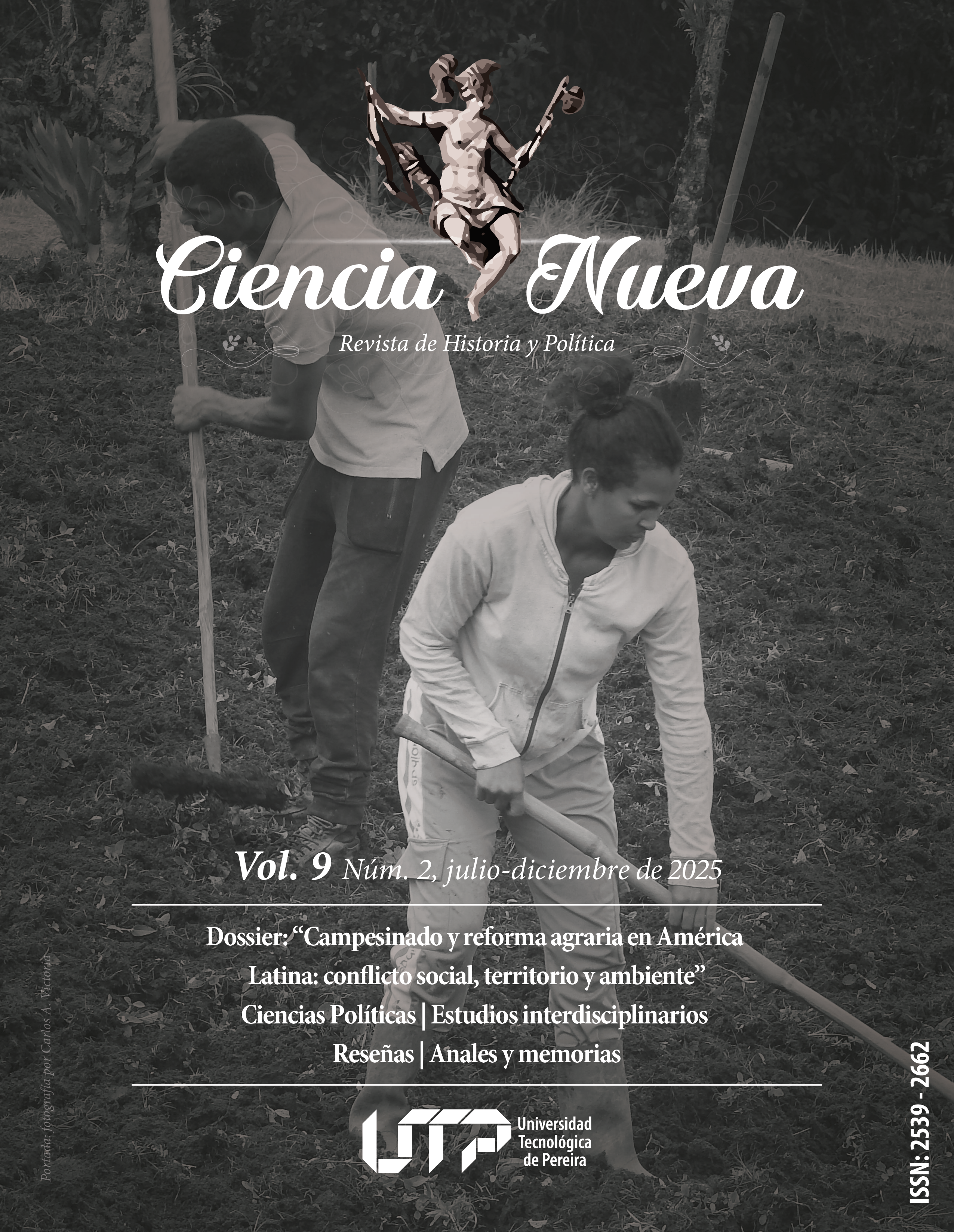The Quindío Mountain and the Pereira region: two maps for the territorial history of central-western Colombia
DOI:
https://doi.org/10.22517/25392662.25912Abstract
The Complete Atlas of Colombian Geography, published by Francisco Javier Vergara y Velasco between 1906 and 1910, is one of the most significant milestones in national cartography in the early 20th century. Its creation was motivated both by scientific and educational interests and by the need to modernize and consolidate geographical knowledge of the country in a context marked by the devastation of the Thousand Days' War and the national reconstruction policy promoted by the government of Rafael Reyes. Vergara, a geographer, military man, and historian, had devoted much of his life to systematizing Colombia's territorial knowledge. His international prestige was recognized with the Charles Maunoir Medal from the Paris Geographical Society in 1908, demonstrating the resonance his work achieved in the Spanish-American scientific community. In this context, the Atlas became a monumental synthesis that brought together a century of cartographic efforts, from Agustín Codazzi's Corographic Commission to the surveys of boundaries, roads, and railways at the end of the 19th century.
Downloads
Downloads
-
Vistas(Views): 142
- PDF (Español (España)) Descargas(Downloads): 66
Published
How to Cite
Issue
Section
License
Copyright (c) 2025 Sebastián Martínez-Botero

This work is licensed under a Creative Commons Attribution-NonCommercial-NoDerivatives 4.0 International License.
For all articles published in Ciencia Nueva, revista de Historia y Política, the ownership of the exploitation rights of the contents of the journal belongs to the author(s).
The works of this magazine are under the Creative Commons Recognition-NonCommercial-DerivativeLicense:




